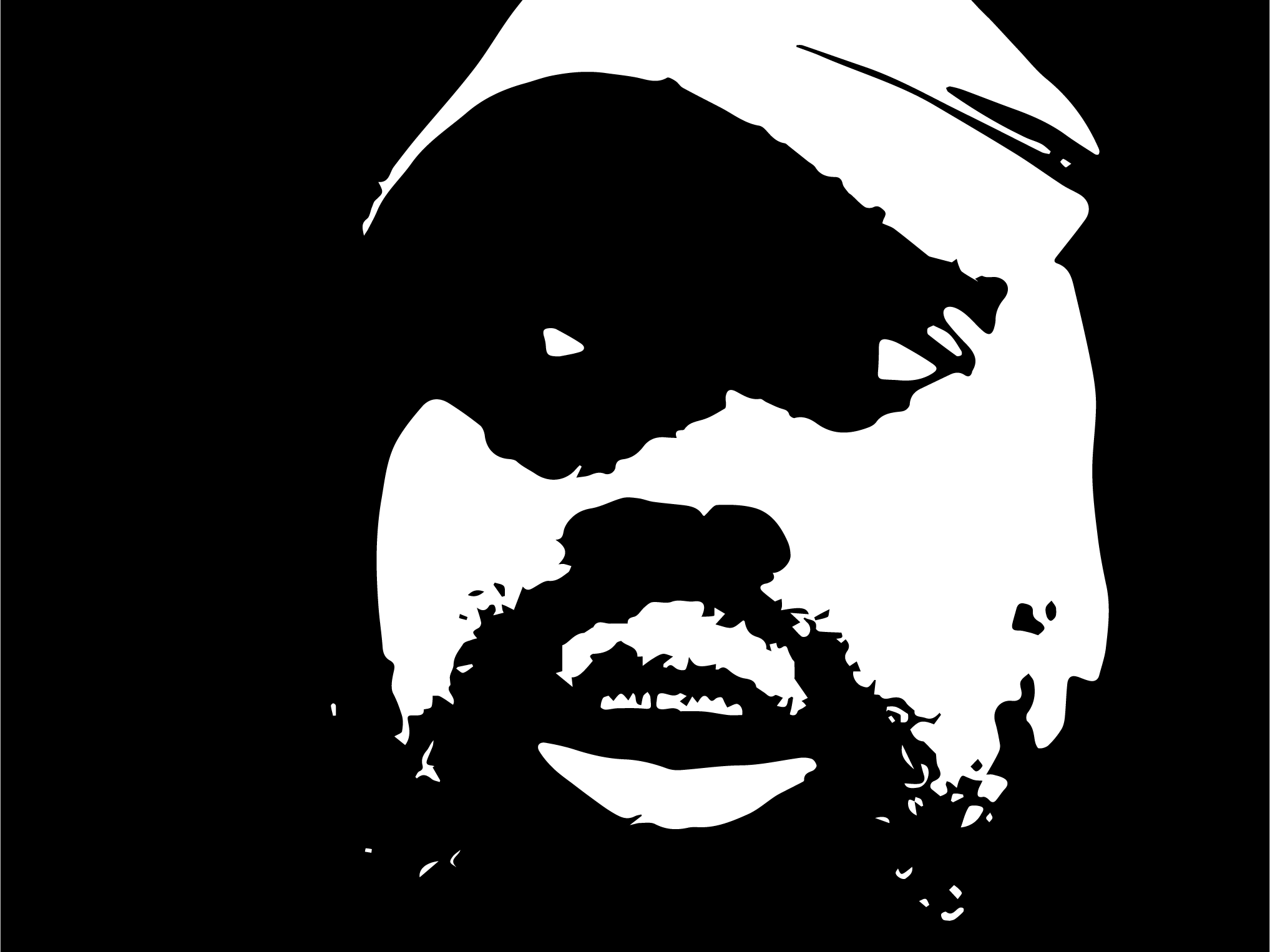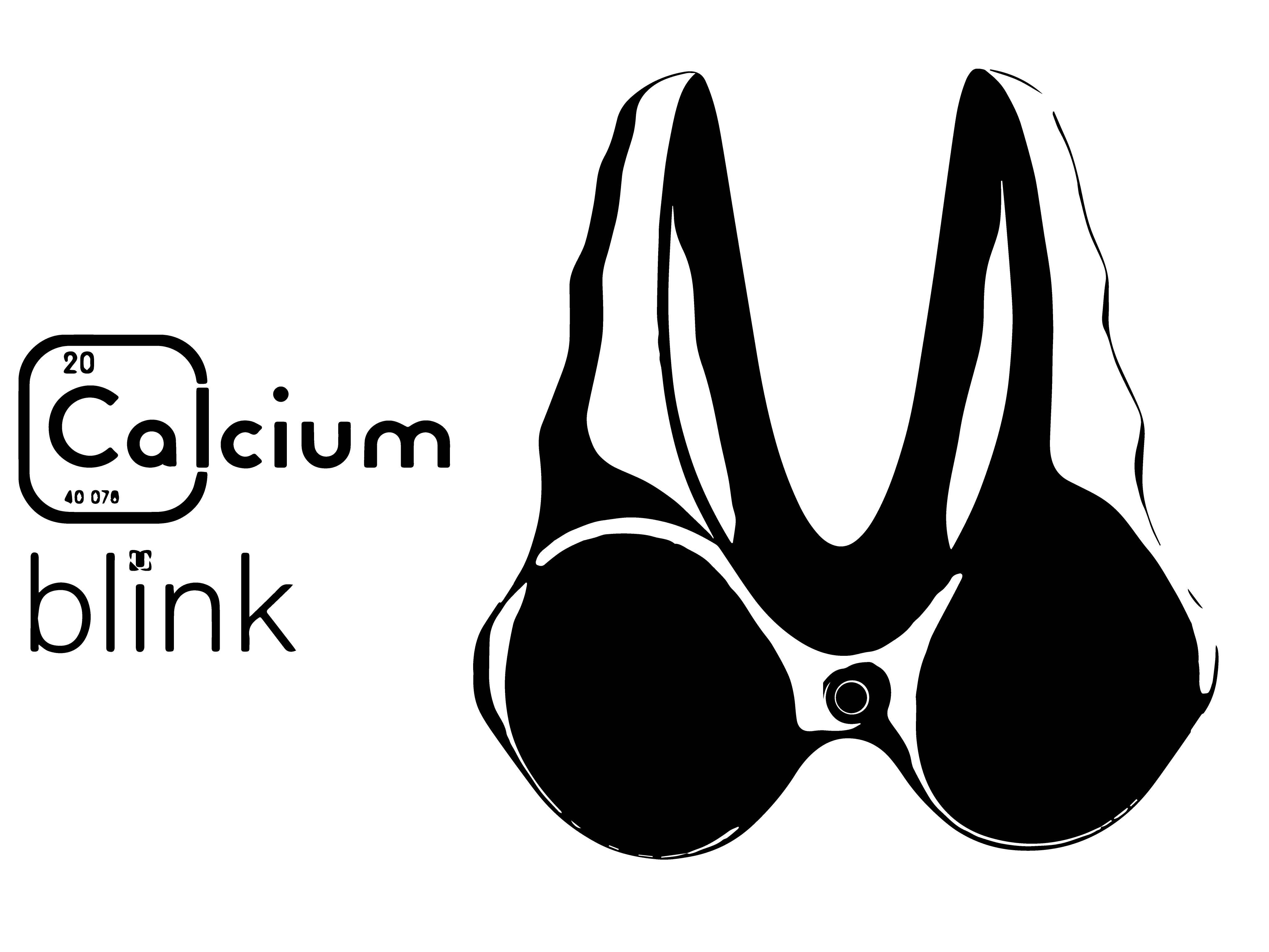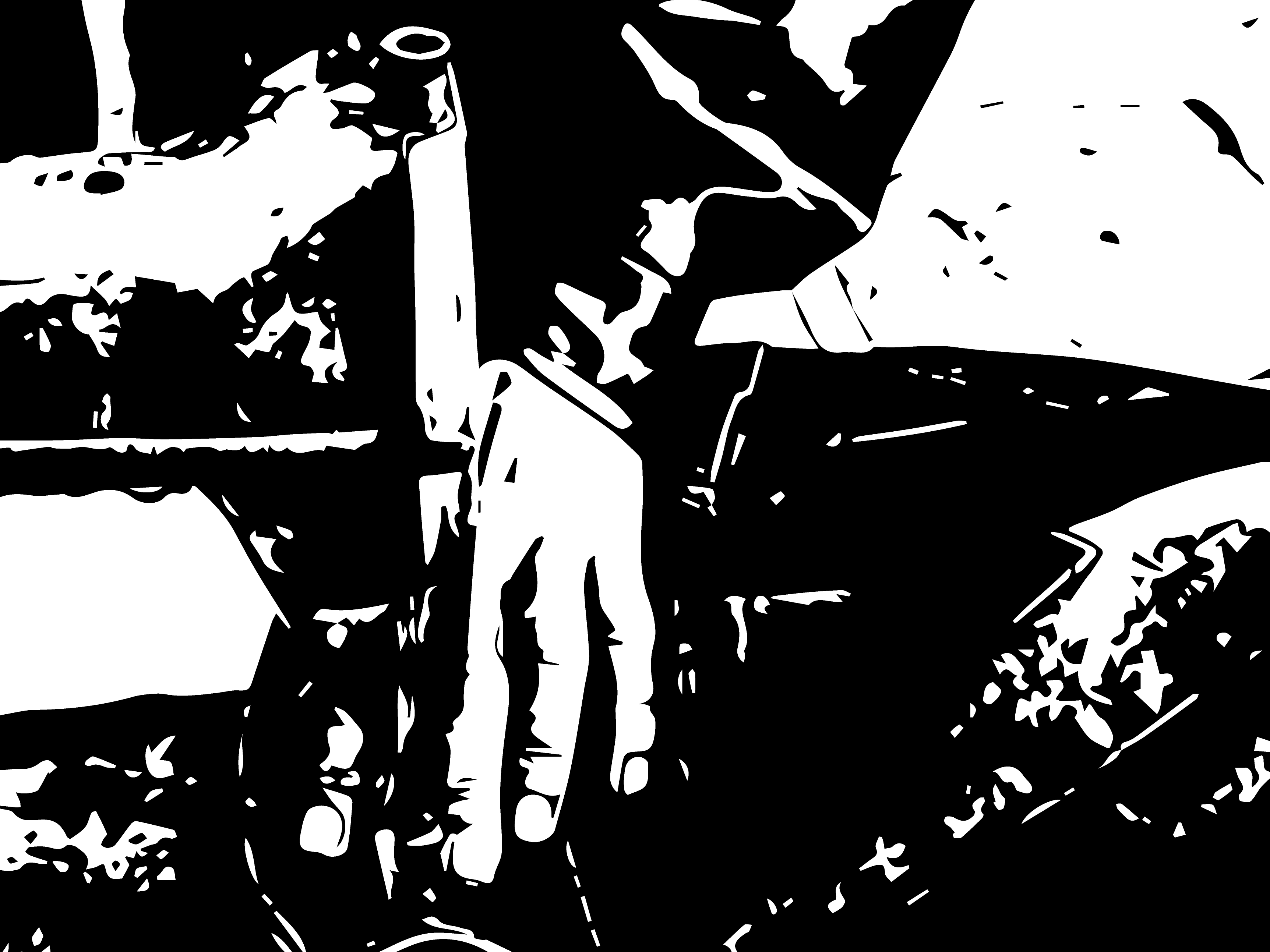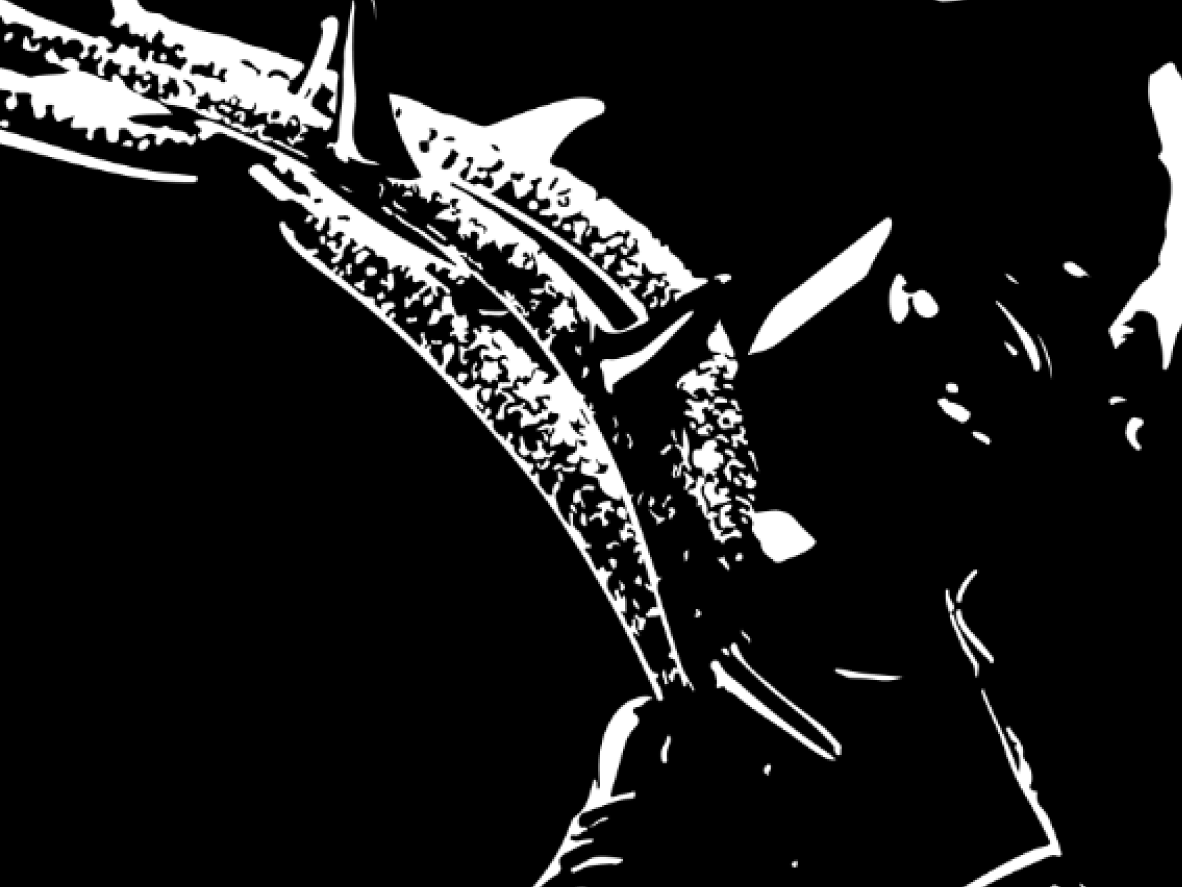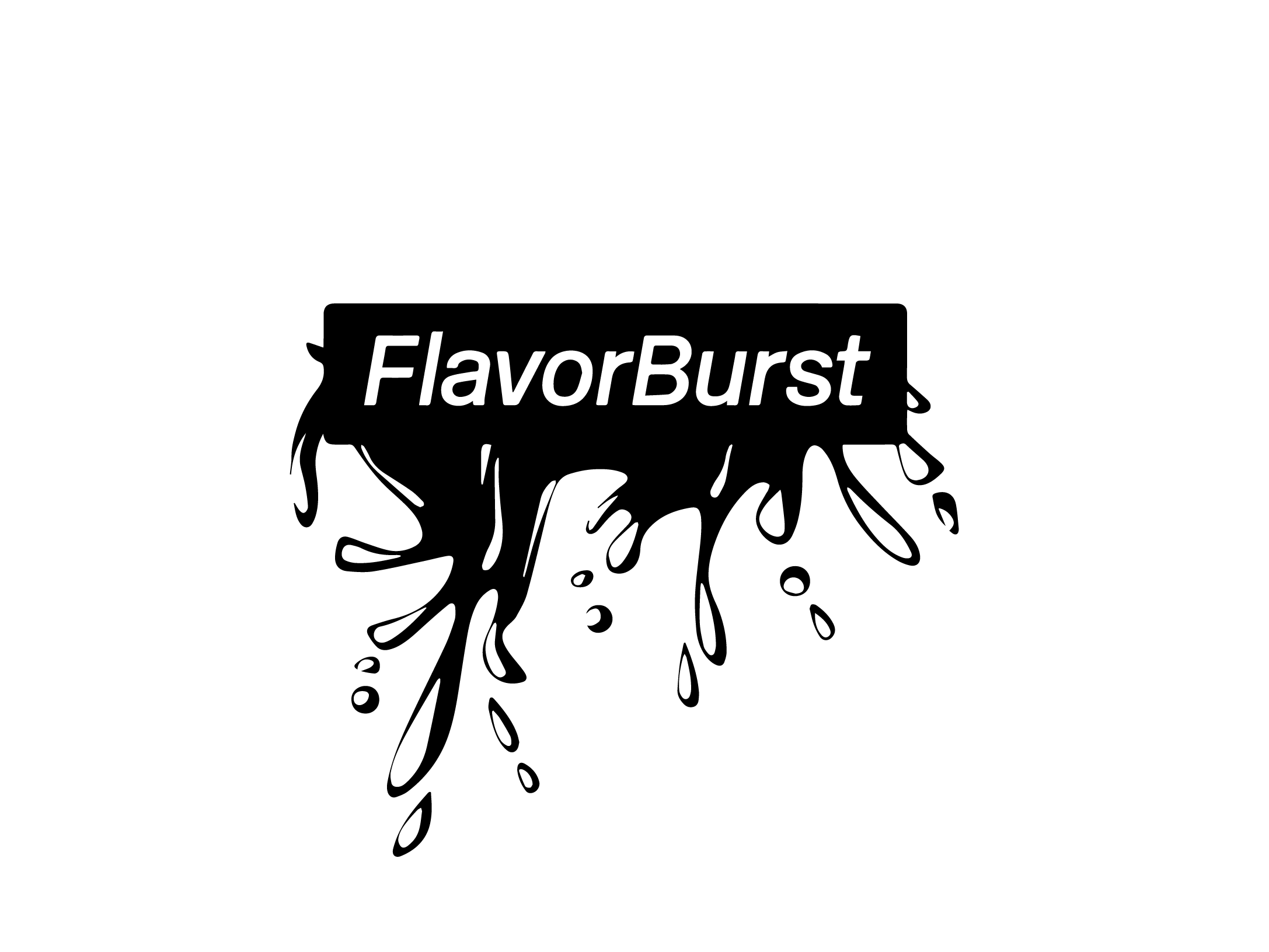Still Life Composition
This still-life composition, modeled, textured, and rendered in Maya, features an array of everyday objects meticulously crafted with attention to form and detail. The scene combines basic elements such as chess pieces, a computer mouse, a guitar, and a bottle, arranged harmoniously. Each object showcases precise polygonal modeling, with textures enhancing realism through carefully applied shaders and UV mapping. The composition is set against the backdrop of an artist's room, creating an immersive environment that emphasizes creativity. The lighting setup highlights surface reflections and shadows, adding depth and mood to the render, and reinforcing the balance between the objects and their surroundings.
Tesla CyberTruck
This 3D model of Tesla’s Cybertruck, designed and animated in Blender, focuses on advanced animation techniques such as Motion Path, Constraints, and Target Manipulation. The Cybertruck’s body was modeled using precise polygonal techniques, with hard-surface modeling to capture the vehicle's futuristic and angular design. The animation highlights a machine gun extension mounted on the roof, which uses a Track To constraint to follow and aim at the camera throughout the scene dynamically. A Motion Path controls the vehicle’s movement, providing smooth and controlled animation across the timeline, while the Parent Constraint keeps the gun connected to the main body, ensuring seamless interaction between components.
Post-production work in Premiere Pro and After Effects enhanced the render, adding a dark, glitchy, and futuristic aesthetic. Visual effects such as glitches, distorted transitions, and color grading were applied to reinforce the mood, while subtle lighting and contrast adjustments contributed to the overall dystopian feel of the final video.
Cinematic Renders
This collection of cinematic 3D models and renders was created for self-exploration, utilizing Blender and Cinema 4D. Each model was designed to emphasize form, composition, and lighting to evoke a specific mood. Various techniques such as polygonal modeling, subdivision surfaces, and sculpting were employed to achieve intricate details across different subjects.
Post-production work, including color correction and enhancement, was carried out in Photoshop. The final renders were elevated through contrast adjustments, highlight manipulation, and the application of filters to achieve a cohesive visual tone. The workflow integrates detailed texturing, ambient occlusion, and illumination, resulting in cinematic visuals with depth and mood.

